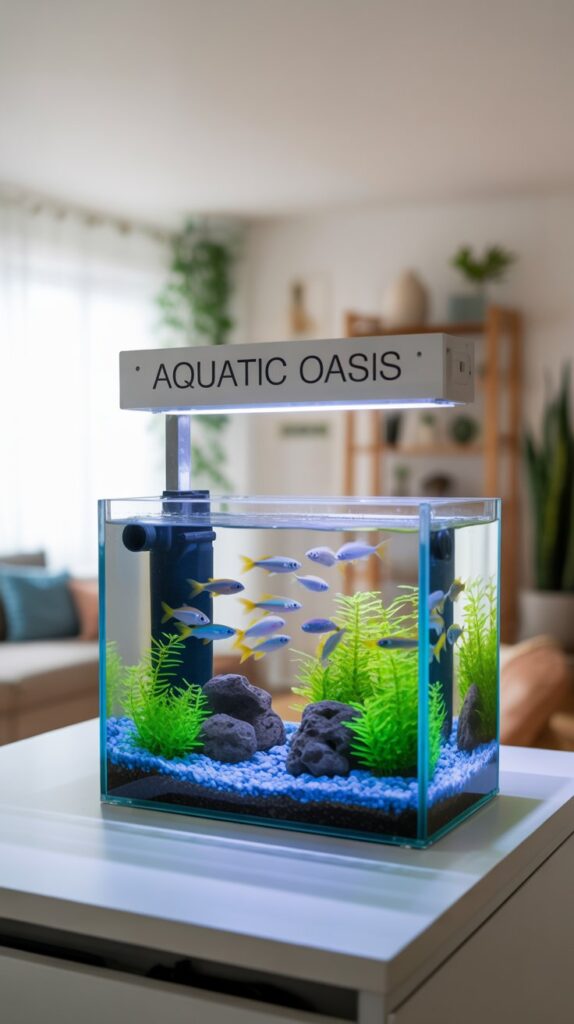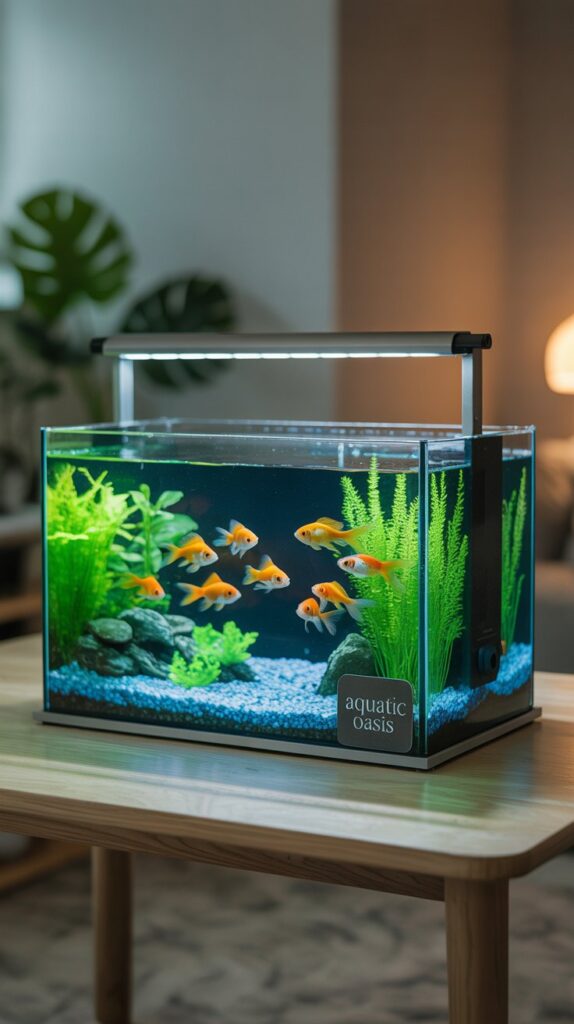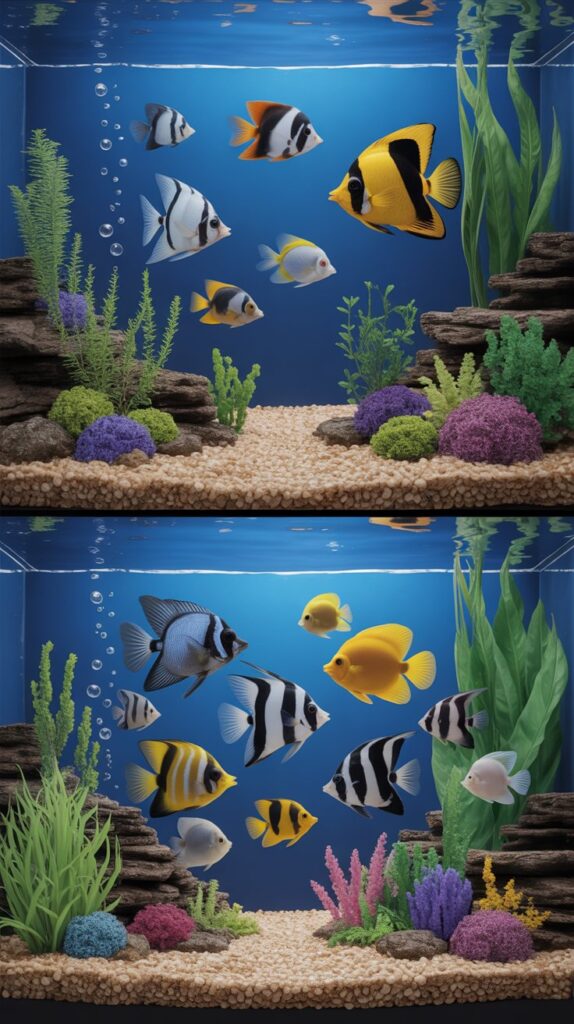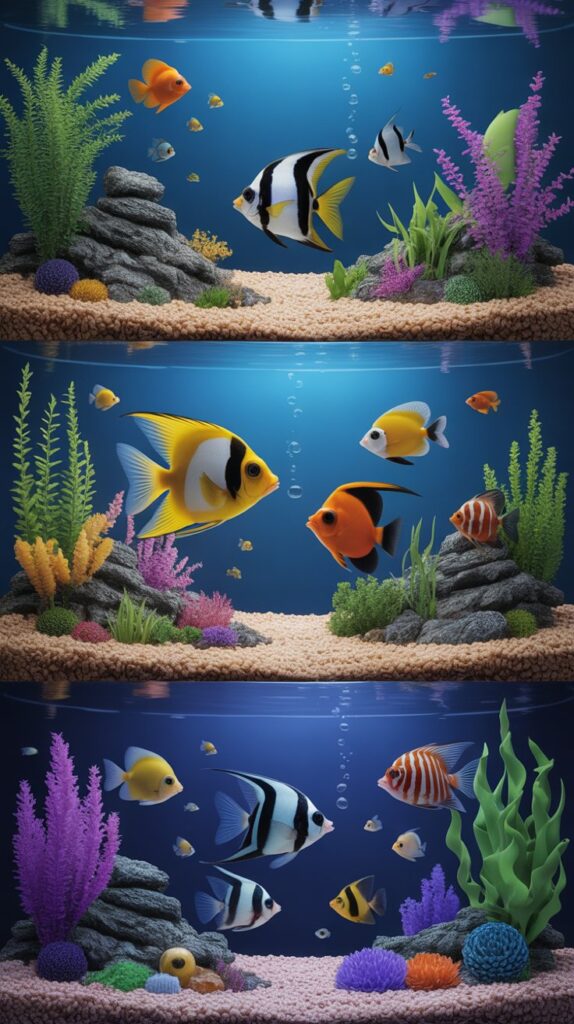If you’re looking to start your journey into the fascinating world of aquariums, a fish tank kit is one of the most convenient options available. These all-in-one packages are designed to give you everything you need to set up a functional, beautiful aquarium without the hassle of buying each component separately. Whether you’re a beginner looking for a small tank for a Betta fish or an experienced aquarist wanting a sleek setup for tropical fish, fish tank kits save time, reduce guesswork, and ensure compatibility between components.
In this guide, we’ll explore what fish tank kits are, their benefits, types, factors to consider before purchasing, and maintenance tips to keep your fish happy and healthy.
What Is a Fish Tank Kit?
A fish tank kit is a complete aquarium package that typically includes:
- Aquarium tank (glass or acrylic)
- Filtration system
- Lighting system
- Heater (for tropical setups)
- Lid or hood
- Water conditioner
- Fish food
- Aquarium decorations or gravel
Some premium kits may also include testing kits, cleaning tools, or starter bacteria to speed up the nitrogen cycle.
The main purpose of a fish tank kit is to simplify the setup process so that both beginners and experts can get started quickly without worrying about missing essential components.
Benefits of Using Fish Tank Kits

Choosing a fish tank kit instead of purchasing separate items has several advantages:
1. Beginner-Friendly
Fish tank kits are designed with simplicity in mind, making them perfect for first-time fish keepers. Instructions are usually straightforward, and the included components are compatible.
2. Cost-Effective
Buying individual items like a tank, filter, and lighting system can be expensive. Kits often bundle these components at a lower cost.
3. Time-Saving
No need to spend hours researching and buying each piece separately. Everything comes in one box.
4. Aesthetically Pleasing
Since all components are designed to match, your aquarium will have a cohesive look.
5. Reduced Risk of Errors
Beginners often struggle with compatibility issues between filters, lights, and heaters. Kits eliminate this problem.
Types of Fish Tank Kits

Fish tank kits come in various types depending on size, material, and intended fish species.
1. Freshwater Fish Tank Kits
- Ideal for beginners.
- Perfect for species like guppies, tetras, mollies, goldfish, and bettas.
- Often includes a filter, hood, and LED light.
2. Saltwater Fish Tank Kits
- Designed for marine fish such as clownfish, tangs, and gobies.
- May include protein skimmers, specialized lighting, and water pumps.
- More expensive and complex compared to freshwater kits.
3. Nano Fish Tank Kits
- Small aquariums under 10 gallons.
- Perfect for desks, offices, or small apartments.
- Usually for bettas or nano shrimp.
4. Acrylic vs. Glass Kits
- Acrylic tanks are lighter, more durable, but can scratch easily.
- Glass tanks are scratch-resistant and provide clearer viewing but are heavier.
5. Beginner vs. Advanced Kits
- Beginner kits include essential components for easy setup.
- Advanced kits include high-quality equipment for aquascaping or specialized fish.
Choosing the Right Fish Tank Kit
When selecting a fish tank kit, consider the following factors:
1. Tank Size
- Small tanks (1-5 gallons) are easy to maintain but limit fish variety.
- Medium tanks (10-30 gallons) allow more species diversity.
- Large tanks (40+ gallons) offer stability but require more space.
2. Filtration System
- Look for kits with high-quality filters to maintain water clarity and quality.
3. Lighting
- LED lights are energy-efficient and enhance fish colors.
- Consider if you’ll keep live plants, as they require specific lighting.
4. Heater
- Essential for tropical fish.
- Ensure the kit includes a reliable adjustable heater.
5. Maintenance Tools
- Some kits come with gravel vacuums, algae scrapers, or testing kits.
6. Budget
- Prices vary from $30 for small betta kits to $500+ for advanced reef setups.
Setting Up a Fish Tank Kit

Here’s a step-by-step guide:
- Choose the Location
Place the aquarium away from direct sunlight and drafts. - Assemble the Tank
Follow the manufacturer’s instructions. - Add Substrate & Decorations
Rinse gravel before adding it to the tank. - Install Filter, Heater, and Lighting
Ensure all equipment fits properly. - Fill with Water
Use a dechlorinator to make tap water safe. - Cycle the Tank
Run the tank for 2-4 weeks before adding fish. - Introduce Fish Gradually
Avoid overcrowding from the start.
Maintaining Your Fish Tank Kit
1. Regular Water Changes
Replace 20-30% of the water weekly.
2. Clean the Filter
Rinse filter media in old tank water to preserve beneficial bacteria.
3. Monitor Water Parameters
Check ammonia, nitrite, nitrate, and pH levels.
4. Feed Fish Properly
Avoid overfeeding to prevent water pollution.
5. Inspect Equipment
Check heaters, filters, and lights for proper functioning.
Best Fish Tank Kit Brands

Some popular and reliable brands include:
- Marina
- Tetra
- Aqueon
- Fluval
- Marineland
- Penn-Plax
Common Mistakes to Avoid
- Overstocking the tank.
- Skipping the cycling process.
- Using tap water without dechlorination.
- Ignoring regular maintenance.
Conclusion
A fish tank kit is the easiest way to start your aquarium journey. By choosing the right kit based on size, type, and features, you can enjoy a thriving aquatic environment with minimal hassle. Whether you’re setting up a simple freshwater tank or a vibrant reef aquarium, these kits make the process smooth, affordable, and enjoyable.
FAQs About Fish Tank Kits
Q1: Are fish tank kits good for beginners?
Yes, they are ideal for beginners because they include all the essentials in one package.
Q2: Can I keep saltwater fish in a freshwater kit?
No, saltwater aquariums require specialized equipment.
Q3: How often should I clean my fish tank kit?
Perform partial water changes weekly and clean filters monthly.
Q4: What size fish tank kit should I get for a Betta fish?
A 5-gallon kit is the recommended minimum for a Betta.
Q5: Do all fish tank kits come with heaters?
Not all kits include heaters, especially those designed for cold-water fish.

